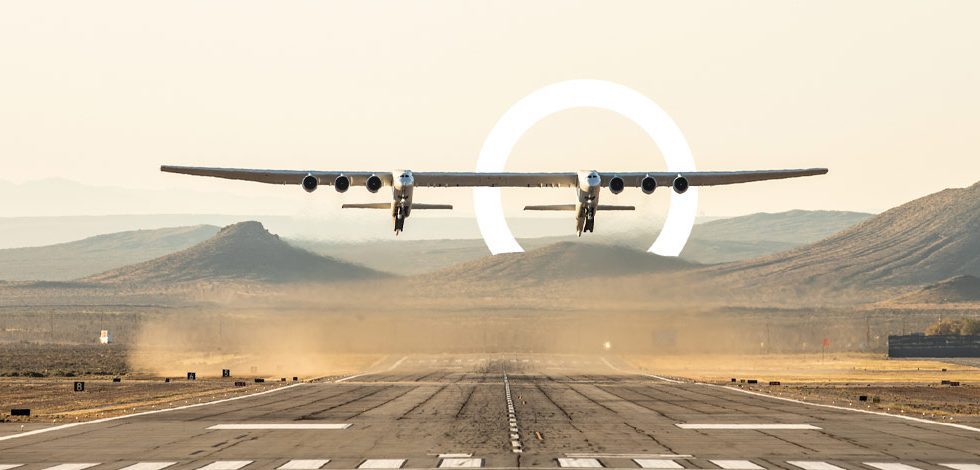It is not just the proliferation of UAVs that raises concerns for safety. The well-publicised use of military drones – for surveillance and attacks – highlights the risks that terrorists might adapt commercial UAVs to threaten civilian targets.
A few weeks after Manchester’s Operation Zenith, the threat posed by maverick or malevolent drone operators was vividly demonstrated first at Gatwick Airport, in December 2018, and then Heathrow Airport in January 2019. Both airports were forced to shut down, disrupting the travel plans of thousands and costing airlines millions in compensation payments amid the chaos.
Drones have already been modified in conflict zones such as Syria and Iraq to explode, collect intelligence or record insurgency attacks for propaganda purposes. This could pose a more serious threat in the immediate future. The UK government was already committed to requiring owners to register their drones from November 2019 and systems are being developed to identify drones while they are in the air. However such a regime is unlikely to prevent malicious activities.
Police and defence forces have limited options for tackling hostile UAVs. Using live ammunition would risk injuring bystanders with bullets or falling debris but there are a host of alternative technologies that could be used in the coming years.
Emerging tech could be the solution
These include high-energy microwave pulses and lasers, hand-held and drone-mounted net guns, and – a more traditional ally for hunting a modern foe – falcons. Radar jamming – to block communications between the operator and their drones – may be the most promising solution, for now. However, when UAVs have the capability to make autonomous decisions, they will not need to communicate with base, and radar jamming may become ineffective.
The Israeli Drone Dome technology is a strong contender in this space, with the ability to deny operators the ability to control their UAVs within a six-mile radius but this system is as yet undelivered to the UK and other existing systems may simply be a short-term fix until it can be deployed.
Several small start-up companies are working on defence systems that protect against drones such as Skydroner which is said to detect and disable unwanted drones from over 1,000 metres away, while Dedrone was used at both the Rio Olympics and the final 2016 US Presidential debate in Las Vegas.
These are particularly important as standard prevention methods such as geo-fencing enforced by drone manufacturers, can be overcome fairly easily. The international exposure of the vulnerability of the UK’s two largest airports can only focus even greater attention on the need to develop systems for policing and preventing drone incursions. The range of potential targets – from prisons and nuclear facilities to parliamentary buildings and corporate headquarters – highlights the scale both of the challenge and the potential market for effective solutions.
For more trends in aerospace, download your copy of ‘Backing the future of aerial mobility’ here:





